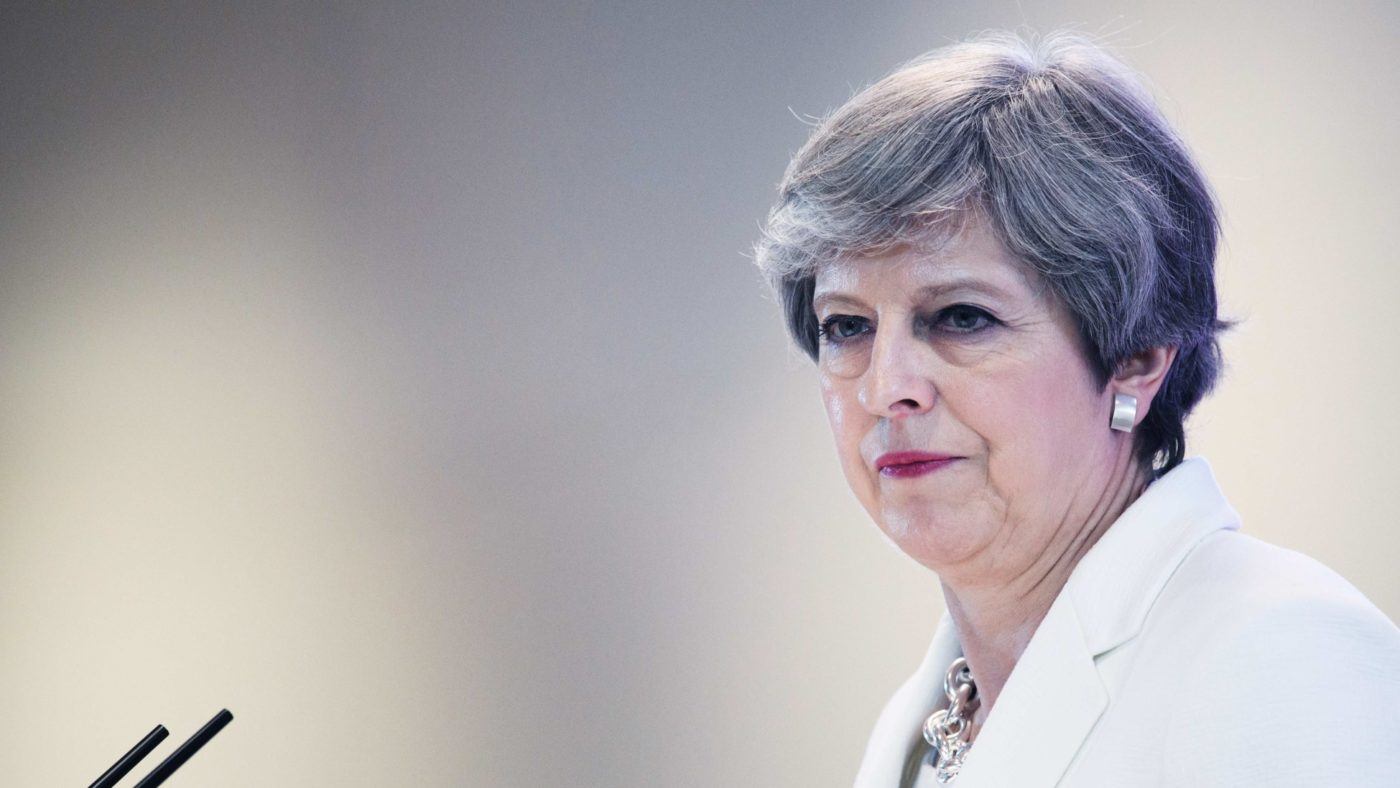There is a section of Tony Blair’s memoirs in which he talks about what it’s like to be at the heart of the storm. During the foot-and-mouth crisis, he writes, he was struck by “the utter incapacity of the normal system to deal with abnormal challenges… When I look back and reread the papers, reminding myself of the sheer horror, depth and scale of the crisis, it is a total miracle we came through it.”
It was the same under Gordon Brown. Blair’s successor had redesigned the No. 10 offices to create an open-plan “war room” which would give him and his team constant command of events. “On one big wall was Sky News, and on the opposite wall was BBC News 24,” recalls Lord Adonis, the then transport secretary. “The effect was constant interaction with the world outside – especially since the cameras would be literally outside No. 10. There was a constant sense of the need for media management.”
Yet as the crises mounted, management was replaced by paralysis. Alistair Darling has spoken of “a permanent air of chaos and crisis” in Downing Street. “The foundations were so weak under Gordon,” says another member of that team, “that the crises threatened to finish you off.”
In my book, The Great Acceleration, I used these examples to illustrate how the increasing pace of the media agenda – and the sheer inexorable turmoil of events – has put any modern government under constant and near-intolerable pressure. This, indeed, is why the culture of incessant media management sprang up: spin doctors such as Alastair Campbell and Craig Oliver felt they had to stamp on every critical story, lest the spark flare into a brushfire.
When Theresa May first came to power, I was struck by the deliberate attempt to retreat from this approach: to empty the news grid and make prime ministerial announcements, or even ministerial announcements, something of a rarity.
It was a bold move. But the danger was always that the void would be filled either by the Labour Party – or simply by the pressure of events.
And so it has proved. Mrs May’s problem today is not simply the size of her majority. It is that things just keep happening. Terror attacks. Council block fires. Brexit rows. What the Prime Minister desperately needs is not just a few more MPs, but a few more hours in the day – a stretch of uninterrupted, crisis-free time in which to get the deal with the DUP done, or get a grip on what happened at Grenfell Tower, or work out how to respond to Jeremy Corbyn’s sudden popularity. But that is the one thing her job will not give her.
It is not only about the Prime Minister. Even at the best of times, modern leaders live or die by the people around them. And this is very far from the best of times. Yet Downing Street appears half-empty: Nick Timothy and Fiona Hill are gone, but so too are the PM’s head of policy and his deputy, as well as many more press and policy aides. A PM is like a Formula 1 driver: they can only do their job if surrounded by a bustling, highly skilled and highly specialised pit crew. At the moment, Mrs May looks more like the captain of a ghost ship.
The hope, of course, is that the summer recess will provide time for political temperatures to cool. That the PM’s widely respected new chief of staff, Gavin Barwell, will be able to reconstruct the Downing Street operation. That Mrs May herself will be able to pause and take a breath.
But politics is not exactly known for rewarding hope. H L Mencken once claimed that the art politicians must master is “running the circus from the monkey cage”. For Mrs May, it probably feels more like doing so from inside the piranha tank.
This article was taken from CapX’s Weekly Briefing email. Sign up here.


